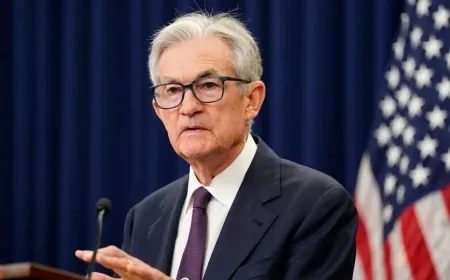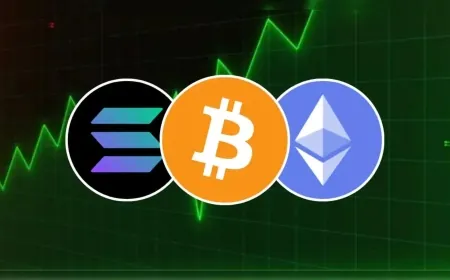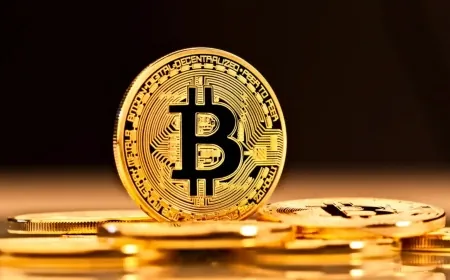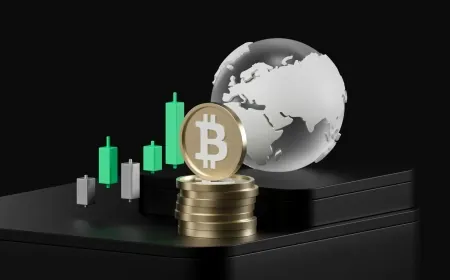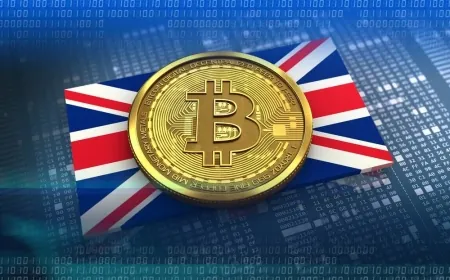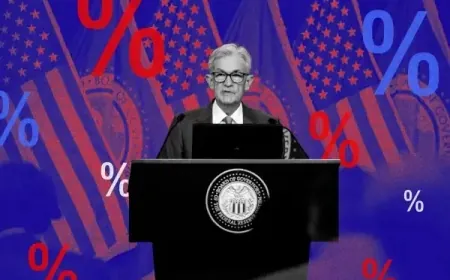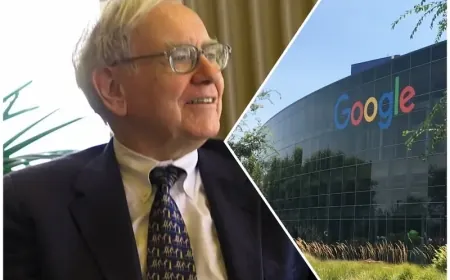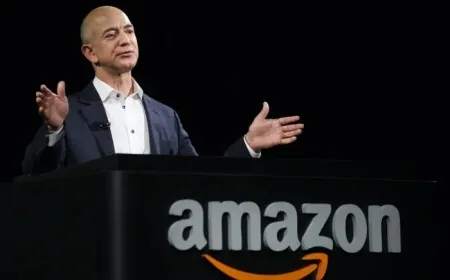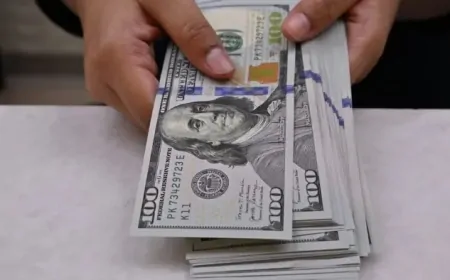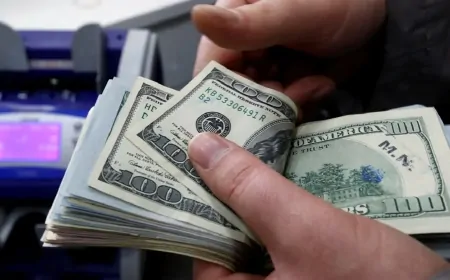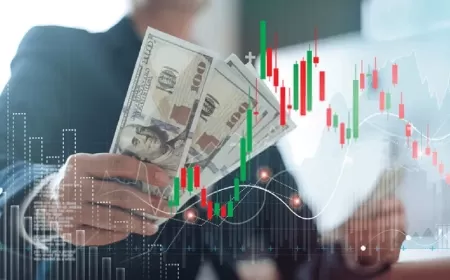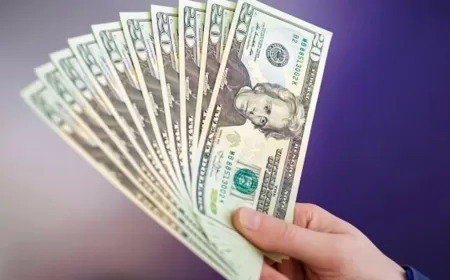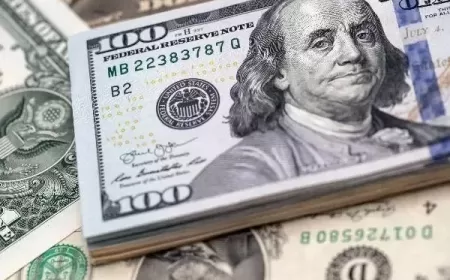Fed Cuts Interest Rates for First Time in 2025, Signals More Easing
The Federal Reserve lowers rates to 4.00–4.25% and signals two more cuts this year as job growth slows and inflation remains above target.

The Federal Reserve cut interest rates by 0.25 percentage points on Wednesday, lowering its key benchmark to a range of 4.00%–4.25%. This marks the first reduction of the year and the first since December 2024. The move signals a shift toward supporting a slowing economy, but divisions inside the Fed highlight just how uncertain the path forward remains.
Slowing Economy Prompts Fed Rate Cut
The Fed’s primary job is to balance inflation control with economic growth. For much of 2022 and 2023, the Fed raised rates aggressively to tame inflation that hit 40-year highs. By late 2024, inflation had cooled, but the economy started showing cracks.
This year, the Fed faced a new challenge: slowing job growth and rising unemployment. With only 22,000 jobs added in August and the unemployment rate climbing to 4.3%, officials decided the time was right to offer the economy some relief.
But the decision wasn’t unanimous. Stephen Miran, newly appointed by President Trump, pushed for a larger 0.50% cut, arguing that a bolder move was necessary. Others favored caution, fearing that too much easing could reignite inflation.
By the Numbers: Fed Rate Cut
- New Fed Rate Range: 4.00% – 4.25%
- Jobs Added in August: +22,000
- June Jobs Revision: –13,000
- Unemployment Rate: 4.3%
- Core Inflation (Aug): 3.1% (Fed target: 2%)
- GDP Growth Forecast 2025: 1.6% (up from 1.4%)
Job Growth Slows for Three Consecutive Months
The labor market, once a pillar of the U.S. economy, has started to lose strength:
-
August: +22,000 jobs (well below expectations).
-
July: Below-trend growth compared with 2023.
-
June: Revised to –13,000 jobs, the first monthly loss since the pandemic recovery.
These numbers point to three straight months of weak hiring. For everyday workers, this can mean slower wage growth, tougher competition for jobs, and pressure on household incomes.
Core Inflation Holds Above Fed Target
Even with slower hiring, prices remain higher than the Fed would like. Core inflation, which excludes food and energy, rose 3.1% in August. That’s down from 2022’s peaks but still above the Fed’s 2% goal.
Sticky inflation is most noticeable in housing costs, medical services, and insurance premiums. While gas and grocery prices have stabilized, many families still feel squeezed. This tension — weaker jobs but high prices — is at the heart of the Fed’s dilemma.
Fed Officials Split on Future Rate Cuts
The Fed’s quarterly dot plot, which maps each official’s rate forecast, shows deep divisions:
-
9 officials see 3 cuts in 2025.
-
6 officials expect only 1 cut.
-
1 official expects no cuts.
-
1 official projects as many as 6 cuts.
The median forecast: two more cuts this year. For 2026, policymakers project just one additional cut, suggesting they see rates staying relatively high for longer.
This disagreement reflects uncertainty about whether the economy is headed for a “soft landing” (slower growth but no recession) or if deeper problems are emerging.
Trump Pushes Fed for Faster Cuts
President Donald Trump has openly demanded faster and deeper cuts, accusing Fed Chair Jerome Powell of moving too slowly. Trump’s influence was visible in this week’s meeting, as his new appointee Miran pushed for a bigger reduction.
At the same time, Trump has tried to reshape the Fed’s leadership. His effort to fire Fed governor Lisa Cook was blocked by both a federal judge and an appeals court, though his administration is preparing to appeal to the Supreme Court. This legal battle underscores the tension between the White House and the traditionally independent central bank.
Stocks, Bonds, and Crypto Respond to Rate Cut
Financial markets quickly responded to the Fed’s move:
-
Stocks: The S&P 500 and Nasdaq both rose in afternoon trading, as investors welcomed the prospect of cheaper borrowing costs.
-
Bonds: Treasury yields fell, reflecting expectations of lower interest rates ahead.
-
Crypto: Bitcoin briefly spiked above $68,000, as digital assets often benefit when investors turn away from safe, yield-bearing assets.
Wall Street analysts caution, however, that markets may remain volatile as inflation data and job reports continue to shape the Fed’s future decisions.
Impact of Fed Decision on Daily Finances
-
Borrowing Costs: Mortgage rates and auto loans are expected to fall modestly. Credit card rates, which track the Fed closely, should also ease in the coming weeks.
-
Savings Accounts: High-yield savings and CD rates may start to decline, reducing returns for savers.
-
Housing Market: Lower rates could bring more buyers back into the market, supporting home prices after last year’s slowdown.
-
Jobs: If rate cuts succeed, businesses may find it easier to borrow and expand, potentially stabilizing hiring.
Fed Plans for Upcoming Rate Decisions
The Federal Reserve is scheduled to hold its next policy meetings in late October and December, and further rate cuts are possible depending on how the economy evolves. Officials will closely monitor job growth, unemployment trends, inflation data, and consumer spending before making any adjustments.
While the Fed signaled that it is prepared to lower rates again if needed, policymakers are proceeding cautiously, balancing the risk of slowing economic growth against the danger of persistent inflation.
Analysts say that if the labor market continues to soften or job losses accelerate, the Fed could take more aggressive action to support the economy. Conversely, if inflation remains stubbornly high, officials may limit further cuts to avoid overheating the economy.
Investors and households will be watching these upcoming meetings closely, as changes in interest rates directly affect mortgages, loan rates, and borrowing costs, which can influence consumer spending and business investment.
Also Read: Federal Reserve Plans First Interest Rate Cut of 2025
